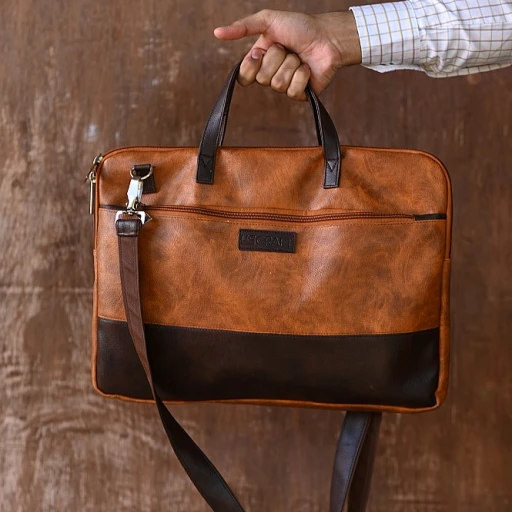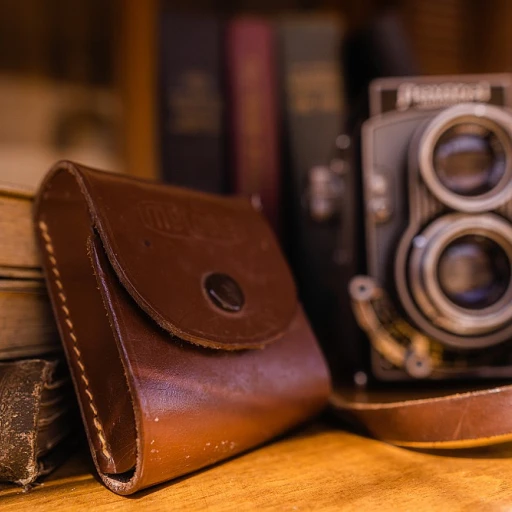Understanding Aniline Leather
Appreciating the Nature of Aniline Leather
Aniline leather is a delicacy in the luxury leather goods market, celebrated for its natural beauty, softness, and unique appearance. Unlike other leathers, aniline leather is dyed exclusively with soluble aniline dyes, avoiding any pigmented finishes that might mask the leather's true character. This limited coating allows the full grain texture to remain visible, preserving the leather’s inherent elegance.
Given this minimal treatment, aniline leather reveals character marks and variations in color that are exclusive to each piece. Such imperfections, including natural stains and texture fluctuations, highlight what makes aniline products stand out in the luxury market.
However, the attributes that make aniline leather appealing also pose challenges when it comes to applying dyes. Its porous surface easily absorbs elements from the environment, making it susceptible to water spots and discolorations. This leads to maintenance considerations that require delicate handling and careful repairs.
For those in the realm of luxury leather, understanding the intricate dynamics of aniline leather is vital. Its aesthetic appeal is a testimony to why bespoke leather dyeing remains a true art of luxury.
The Challenges of Dyeing Aniline Leather
The Intricacies of Changing Aniline Color
When considering the transformation of aniline leather color, one must take into account the inherent challenges of working with this delicate material. Aniline leather, known for its natural finish and full grain surface, boasts a unique appearance highly valued among leather enthusiasts. However, this very nature poses significant hurdles when it comes to dyeing.
Unlike pigmented finishes, aniline leather lacks a protective coating, making it more susceptible to water damage, stains, and color inconsistencies. As a result, the leather's absorbent properties can lead to uneven dye distribution. A dye intended to enhance or alter the hue may produce patchy or inconsistent results, compromising the leather's original charm.
Moreover, aniline leather's sensitivity to scratches and its tendency to change color with wear adds another layer of complexity. Any attempts to dye must be meticulously planned to prevent exacerbating these issues or altering the leather's natural patina unfavorably.
Given these challenges, the pursuit of dyeing aniline leather requires not only quality leather dyes but also a deep understanding of the leather's unique characteristics and how they interact with different dye colors. Those considering such a project might find insights in our detailed discussion on what makes bespoke leather dyeing a mark of luxury.
Methods for Dyeing Aniline Leather
Techniques for Adding Color to Aniline Leathers
While aniline leather is celebrated for its natural beauty, dyeing it to transform or refresh its appearance is a complex process. The porous nature of the full grain leather allows the dye to penetrate deeply, offering a chance for a beautifully rich color transformation. However, it requires careful execution to avoid compromising the leather’s unique characteristics.
There are several methods to apply and work with aniline dyes which can bring an array of lovely dye colors to your aniline leather. These techniques range from traditional approaches to more modern solutions that ensure the leather retains its premium feel.
- Spray Application: Spraying aniline dye is a widely used method, allowing for even coverage and control over the dye's distribution on the leather surface. This technique minimizes water stains and helps maintain the soft feel leather is known for. However, achieving a consistent finish may require several coats, and patience is paramount.
- Hand Rubbing: The hand rubbing technique involves manually applying the dye using a cloth or applicator. This method is beneficial for those wanting more control over the final coloring and gives a unique character to the leather, akin to suede. This technique requires skill to avoid streaks or uneven patches.
- Immersion Dyeing: For those seeking a uniform color, immersion dyeing submerges the leather entirely in dye. While this offers comprehensive coverage, it is crucial to monitor the time the leather stays in the solution to prevent it from becoming too dark or altering the leather's natural finish.
Regardless of the chosen method, selecting the appropriate aniline dye is essential for successful results. The dye must match the specific type of aniline leather, such as wax pull or semi-aniline, to ensure the desired color outcome. Exploring the elegance of leather requires not just a keen eye for color but also a deep understanding of the craft, ensuring each piece of leather retains its luxurious essence.
Before embarking on dyeing projects, consulting with leather experts or reviewing detailed case studies can provide valuable insights. These resources offer practical perspectives on what techniques work best for different leather types and how they can be successfully executed without damaging the integrity of the material.
Choosing the Right Dye for Aniline Leather
Essential Considerations for Selecting Aniline Leather Dye
Choosing the appropriate dye for aniline leather is critical to achieving impressive and lasting results. Here are some factors to consider:- Surface and Finish: Aniline leather, known for its natural look and feel, is more susceptible to water and stains than pigmented leathers. When dyeing, it's vital to ensure the dye complements the leather's original grain and finish.
- Type of Dye: Aniline dyes are specifically formulated to penetrate the leather deeply, maintaining its soft texture and aesthetic grain. While semi-aniline leather possesses a thin protective coat, full grain leather remains untreated, necessitating a dye that enhances its innate characteristics.
- Desired Color Result: Since aniline leather displays its imperfections and natural beauty, color variations are common. Opt for dye colors that match your desired shade while considering the base color and natural variations within the leather.
- Application Method: Depending on your approach, whether it's a spray or brush application, the dye needs to bond seamlessly with the leather's surface. This ensures uniform coverage without compromising the leather's supple nature.
- Preparedness for Repairs: In the chance of oversights during the dyeing process, it may be necessary to conduct repairs, maintaining the overall quality of the leather.
Care and Maintenance Post-Dyeing
Essential Tips for Caring for Aniline Leather Post-Dyeing
Transforming aniline leather with dye can be an exciting endeavor, but the journey doesn't end with the perfect color. Ensuring the longevity of the leather's new hue requires a dedicated care and maintenance routine. Here are some key steps to keep in mind:- Immediate Sealing: Right after dyeing, it is crucial to apply a leather sealant. This protective barrier prevents the new color from wearing off and shields the surface from potential stains and water damage.
- Consistent Moisturization: Aniline leather is naturally full grain, which means it benefits from regular hydration. Use a high-quality leather conditioner to maintain its supple texture and prevent it from drying out.
- Avoid Direct Sunlight: While dyed aniline leather may boast vivid colors, prolonged exposure to direct sunlight can cause fading. It's best to store such items away from windows or direct light to preserve the vibrance.
- Handle with Care: Due to its natural finish, aniline leather is more prone to marks and scratches. Handle with clean hands and be cautious with sharp objects that may scratch the surface.
- Cleaning: Spills should be addressed immediately with a clean, dry cloth. Avoid using water directly on the surface as it can cause stains. Instead, rely on specialized aniline cleaners that cater to the leather's unique characteristics.
- Professional Repairs: For significant damage or color loss, professional leather repair services such as those specializing in suede and aniline leathers can provide expert assistance, ensuring that repairs blend seamlessly.
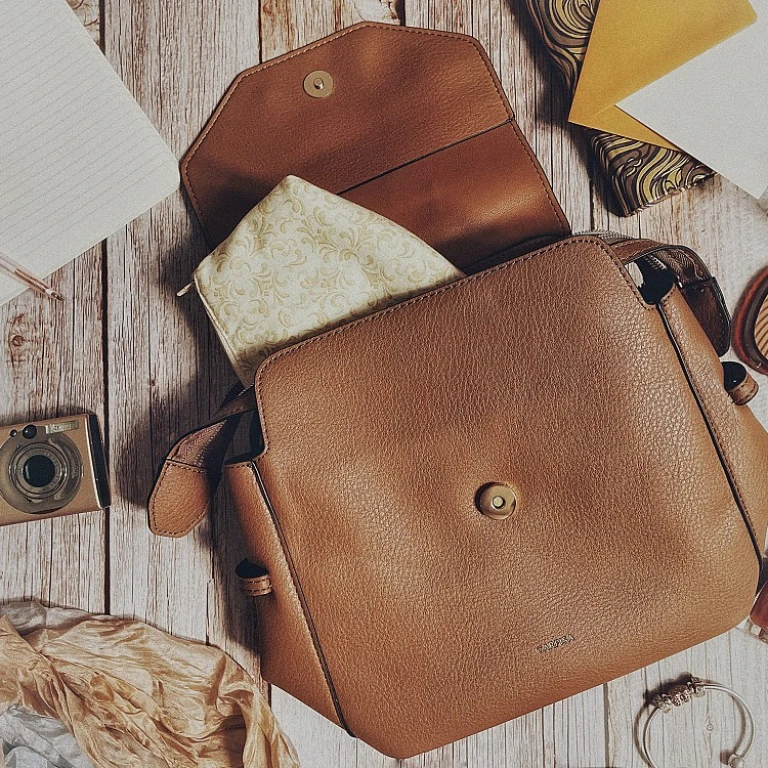
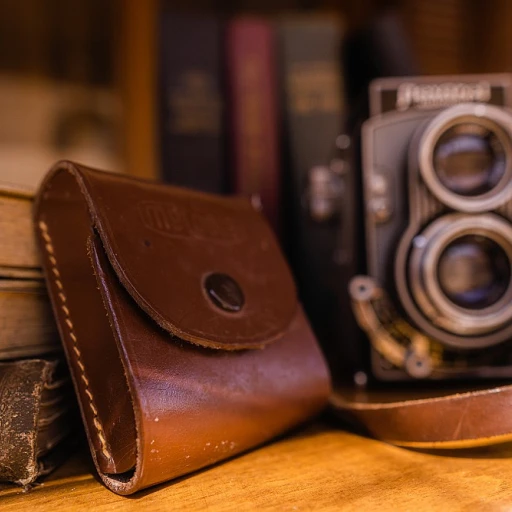
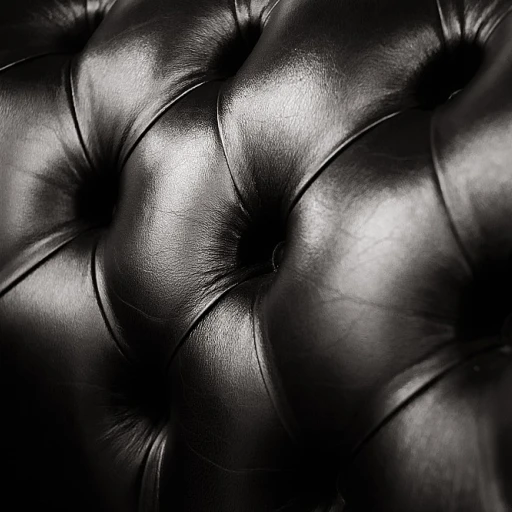
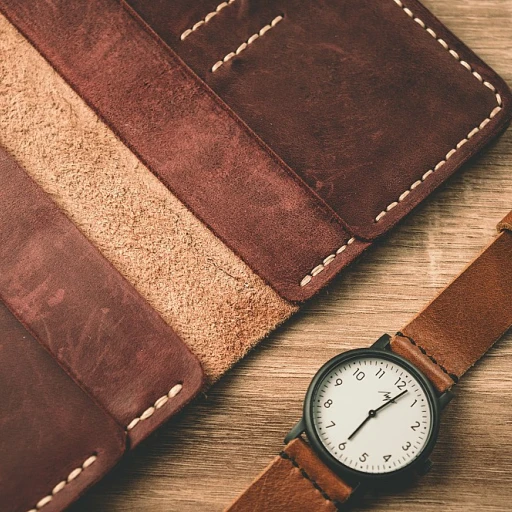

-large-teaser.webp)
